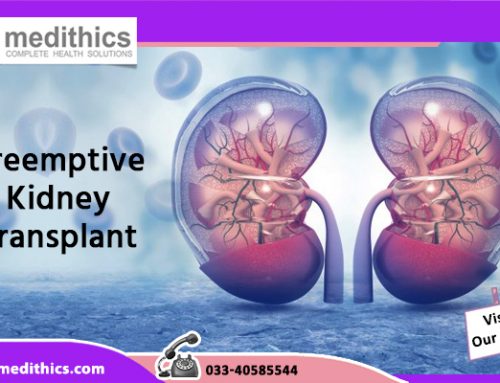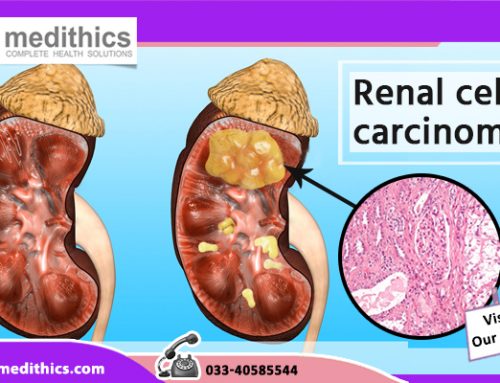A nephrologist often treats kidney stones larger than 2 cm in diameter with the help of Percutaneous NephroLithotomy (PCNL). It is a minimally invasive procedure in which the treatment of complicated and larger stones is done using a refined technique. When compared with open surgery, the recovery process after a PCNL kidney procedure takes much less time.
Overview
A kidney stone doctor in Kolkata uses keyhole surgery, a highly invasive technique, to make an incision about 1cm in the skin to get access to the stone in this procedure.
The following are some advantages of PCNL kidney:
- There are smaller incisions in the skin.
- A minimally invasive technique is the way of treating complicated stones.
- The recovery process is fast and you have to stay at the hospital for a few days.
A nephrologist makes meticulous pre-operative planning and so the risks of percutaneous nephrolithotomy procedure are minimal. This process uses highly advanced technology and the modern surgery equipment ensures side effects and no complications. There are some preparations before PCNL kidney surgery.
Before the Treatment
Make a thorough discussion about your physical health with your doctor. Tell your doctor if you have any health concern. You may have to stop taking certain medicines that may interfere with your surgery on the advice of your doctor.
Your surgeon will suggest that you go for certain imaging and testing procedures in order to determine the size and shape of the stone in more details. The surgeon can get a 3-dimensional picture of the stone present in the kidney with the help of these tests.
In this process, the nearby structures of your kidney are marked with an outline to help the surgeon to avoid these parts during surgery. You have to stop eating or drinking anything 6 hours before the surgery, as advised by your nephrologist in Kolkata.
There will be some other tests like your kidney function, clotting profile and full blood count test.
The procedure
The operation starts after the patient goes to sleep under the effect of general anaesthesia. The duration of the procedure is about 2-3 hours.
The surgeon does a small incision in the stomach and inserts a hollow tube through it into the kidney. During the entire operation process, ultrasounds and X-ray images help the surgeon to view the inside of the stomach.
In the procedure, the surgeon uses stone grasping instruments to get a grip on the kidney stones and direct laser rays to cut through the stones into pieces. The kidney stones are removed with the help of a hollow tube.
In order to allow the drainage of urine, a catheter is placed in the kidney with its exit made through the skin.
You have to stay 2-4 days in the hospital after the surgery and then you get discharge from there.





